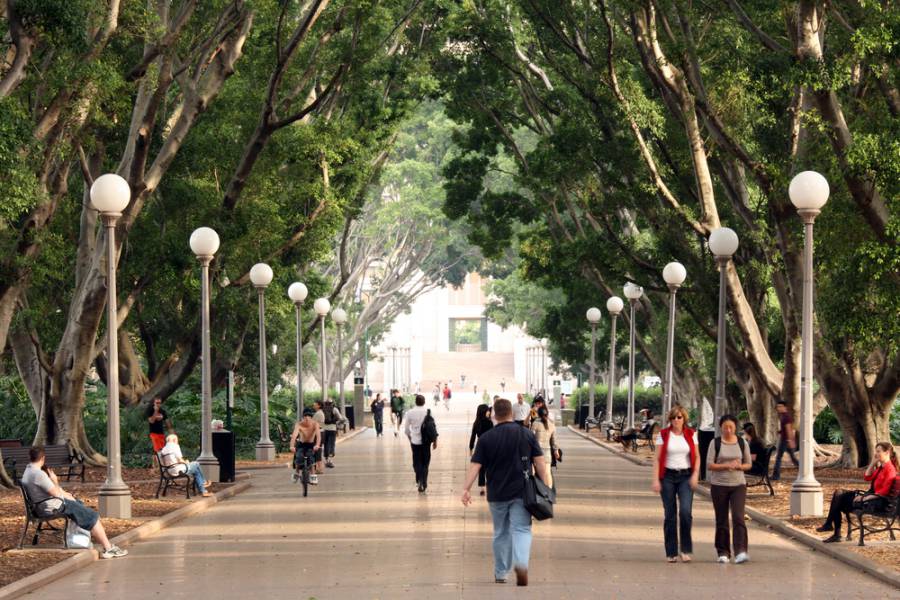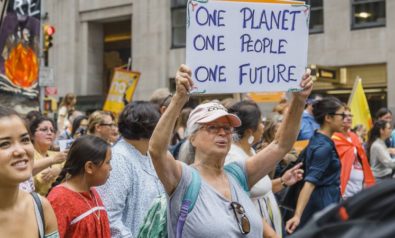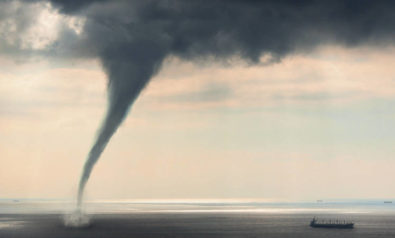Caring for nature is the first step toward raising awareness of the environmental challenges that cities face.
As the world becomes increasingly urban, how can we ensure that younger generations keep that special and intimate relationship with nature? What role can nature play in making our cities more sustainable? More importantly, how can nature help us create a new generation of environmentalists who will care for the future of our planet?
Due to fewer and fewer natural ecosystems and other socioeconomic factors, a lot of city dwellers do not have a strong connection with nature and wilderness, according to Nayla Naoufal from the University of Quebec. “They tend to lose awareness of space, time and natural rhythms. Hyper-capitalism, faster life paces and modern technology communications have uprooted many of us, making us less attentive to others and the environment,” she says.
Education is one of the most powerful tools to bring about change. So too is love. Instilling the love for nature in younger generations is one of the best ways to trigger agency and stewardship in favor of protecting the environment.
Research shows that childhood experiences with nature have a “disproportionately large impact in shaping one’s interest in natural history.” In turn, this can improve people’s appreciation for nature and the environment, and lead them to engage in more sustainable and climate-friendly behavior.
A project by the Urban Biodiversity and Ecosystem Services (URBES), which brought together 11 world-leading research institutes on social-ecological studies of urban areas, has found a clear link between cultural ecosystem services such as aesthetic value, spirituality and recreation and civil society’s engagement in environmental stewardship. Residents’ experiences of, and attachment to, natural areas can motivate people to learn more about their surroundings and take action to preserve or restore the environment.
Youth groups and schools have a great role to play in making this happen. It doesn’t take great projects and plans, but just a few people’s commitment to share their passion and time. We can all act here and now. For all of us who feel concerned by the environment, why don’t we start by gardening with our family, going on hikes with friends or playing in the woods with our kids?
For Oscar Villacorta, coordinator of the working group on this year’s Conference of Parties (COP21) at world YMCA, “It is really important to get involved with nature. If you live in a city entirely in concrete, sometimes you need nature to realize where you are, where you live. When you see nature, you will care much more. Nature is really connected with the human self; we are part of one thing.”
Municipalities also must be part of the solution. We need them to protect, restore and create more nature in our cities, and to provide more opportunities for urbanites to interact with it.
The co-benefits of nature and climate policies in urban settings are particularly relevant for cities that suffer from the urban heat island effect, the phenomenon through which buildings and concrete surfaces retain more heat and increase the average temperature of cities. For example, by investing in green infrastructure, it is possible to better regulate the temperatures in our cities and to fight against air pollution, while improving the potential for carbon capture in urban ecosystems.
Urban Hubs
In Brussels, the “Green Walk” helps people reconnect with preserved nature in the city over a 63-kilometer march. Crossing a variety of landscapes such as wetlands, brownfields, meadows and parks, it has considerably contributed to enhancing accessibility of nature in the city.
New York, on the other hand, is the American city with the highest percentage of green spaces. Such areas provide a wide range of cultural benefits such as spaces for social interaction, community projects and other recreational activities, while also providing a series of vital services to the city. In its 20-year economic and sustainability plan, the municipality enshrined the goal of ensuring that all citizens are within a ten-minute walk of a park. According to URBES, the plan also supports civic engagement by encouraging “a vibrant urban gardening movement,” hence contributing to social cohesion and biodiversity.
According to Greg Moore, executive director of the Golden Gate National Parks Conservancy, “making nature inviting, relevant and accessible to urban populations is increasingly challenging, but critical for the long-term care of these places.”
This is why local governments must think about effective long-term engagement strategies for city dwellers, particularly for younger generations. Their interest for nature depends on the future of our urban ecosystems and biodiversity. But this is also everyone’s responsibility. Caring for nature is often the first step toward more awareness of the environmental challenges that cities face. By enhancing youth’s connection to nature, we will not only improve environmental stewardship, but also stimulate a behavioral change toward more climate-friendly attitudes and practices.
The views expressed in this article are the author’s own and do not necessarily reflect Fair Observer’s editorial policy.
Photo Credit: T. Photography / Sam D. Cruz / Shutterstock.com
We bring you perspectives from around the world. Help us to inform and educate. Your donation is tax-deductible. Join over 400 people to become a donor or you could choose to be a sponsor.
Support Fair Observer
We rely on your support for our independence, diversity and quality.
For more than 10 years, Fair Observer has been free, fair and independent. No billionaire owns us, no advertisers control us. We are a reader-supported nonprofit. Unlike many other publications, we keep our content free for readers regardless of where they live or whether they can afford to pay. We have no paywalls and no ads.
In the post-truth era of fake news, echo chambers and filter bubbles, we publish a plurality of perspectives from around the world. Anyone can publish with us, but everyone goes through a rigorous editorial process. So, you get fact-checked, well-reasoned content instead of noise.
We publish 2,500+ voices from 90+ countries. We also conduct education and training programs
on subjects ranging from digital media and journalism to writing and critical thinking. This
doesn’t come cheap. Servers, editors, trainers and web developers cost
money.
Please consider supporting us on a regular basis as a recurring donor or a
sustaining member.
Will you support FO’s journalism?
We rely on your support for our independence, diversity and quality.






























